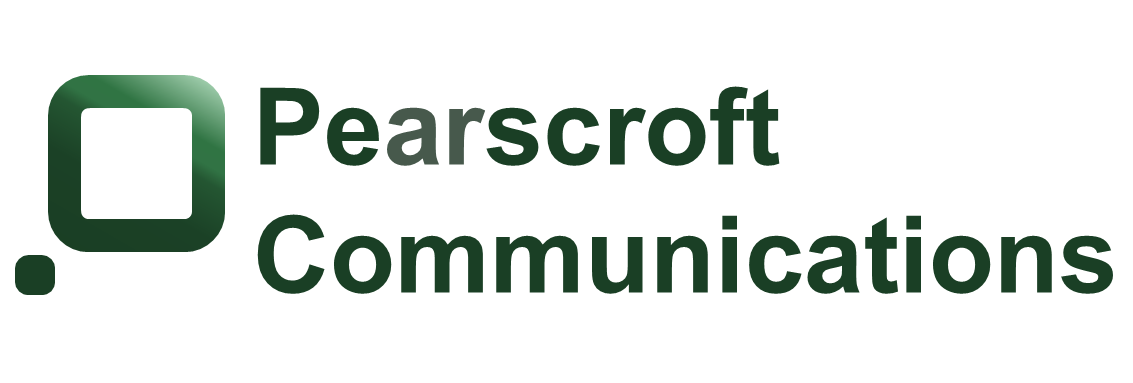
Pearscroft Communications

At Pearscroft Communications, we believe the key to effective corporate communication lies in crafting the right message and getting it in front of key decision makers. Whether you need to communicate with the media, your customers, or internal stakeholders, we can help you craft the right message and deliver it in the most effective way possible.

Penned by Christopher Zahn for Pearscroft Communications
Christopher Zahn
Managing Director
christopher@pearscroftcommunications
Considering the omnipresent nature of the digital world we all live in, it’s surprising how little resources small to medium businesses invest in managing their online corporate reputation. Just as a successful execution of an activity can push your business into the spotlight, a poor decision can have catastrophic results if not contained and managed properly. Being proactive about how you and your business is perceived online and staying in control of your message can make or break your business.
Let’s examine a few elements in more detail:
What does your corporate reputation look like?
Your online presence and reputation isn’t only your website and social media posts. It’s about how known your business is and how both stakeholders and the general public perceive it, typically based on how much trust your brand has and the amount of credibility it contains. It’s therefore important to ensure that all the messaging and content viewed externally is valuable and relevant to key stakeholders. Only once you have a firm handle on the reputational stock your business has online can you then start to modify the content that’s published. Other important factors to consider include how your spokesperson comes across, how the SEO wording on your website performs and the tone of the daily narrative, measured using daily Google Alerts.
Consider the Content Being Published
A good way to optimise your content to remain top of mind is to push out a steady drumbeat of material at consistent intervals. Organisations that regularly have up to date content tend to report better end user engagement and better SEO rankings. Keeping your website up to date is another great way to improve the SEO and volume of inbound traffic. A regular blog that goes live on your website and is amplified on the relevant social media channels is a great way to achieve this. Other ways to help keep your website up to date include regularly updating the team page, uploading all media coverage, updating the FAQ page and adding in relevant imagery.
Keep Competitor Analysis in mind
There can be enormous value in regularly monitoring the movements of your competitors and analysing what it means for your business. Even something as simple as installing a daily Google alert for your three core competitors can be invaluable in identifying any gaps or shortcomings in your market offering. This helps in homing in on your unique value proposition and tweaking the messaging to the media to ensure your competitive differentiation is protected.
Consistency
Predictably, consistency is the key to best manage your online corporate reputation. With the prevalence of live social media streams and instant feedback, it’s increasingly difficult to hide mistakes from entering the public arena. The only way recover from a public misstep or a bout of bad press is to supress any negative coverage with positive, valuable content that resonates with key stakeholders. Only then can the algorithm return to your favour and start building back brand equity. Consistently monitoring and adjusting the content you publish online will help in influencing the type of information associated with your brand when it’s searched for online. A less than stellar online presence can mean the difference between success and catastrophe, so managing your online reputation couldn’t be more important.
Contact [email protected] to learn more about managing your corporate reputation online.
